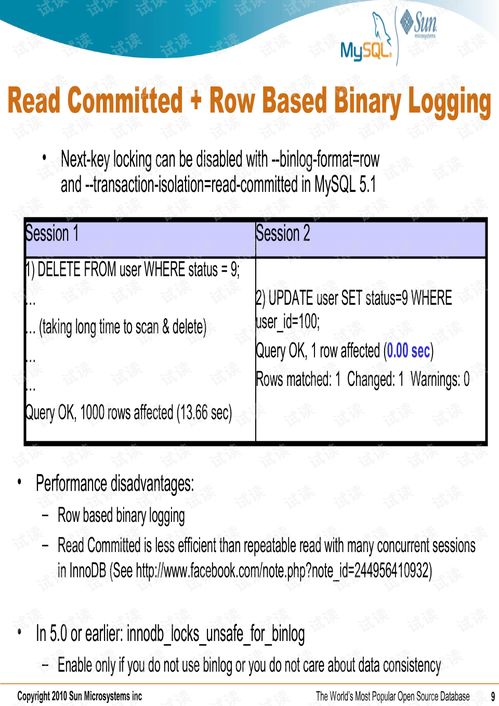Content:
Embarking on a wild fishing adventure is a thrilling experience that combines the tranquility of nature with the excitement of the hunt. Whether you're a seasoned angler or a beginner, packing the right gear and mastering some essential fishing techniques can make your outing more enjoyable and successful. In this article, we'll delve into how to pack for a wild fishing trip and share some valuable fishing tips to help you catch more fish.
Packing for a Wild Fishing Trip
Select the Right Bag or Tackle Box: The first step in packing for a wild fishing trip is to choose the right container for your gear. A sturdy, waterproof tackle box or a fishing backpack with multiple compartments will keep your equipment organized and protected from the elements.
Essential Fishing Gear: Here's a list of must-have items for your tackle box:
- Fishing rods and reels suitable for the type of fish you're targeting.
- A variety of fishing lines, including monofilament, fluorocarbon, and braided lines, in different strengths.
- Hooks of various sizes and styles, depending on your target species.
- Lures, spinners, and artificial flies to attract fish.
- Sinkers and swivels for weight and to prevent line twist.
- Floats and bobbers for controlling the depth of your bait.
- A knife or multi-tool for cutting line, adjusting hooks, and other tasks.
- A pair of needle-nose pliers for hook removal and line trimming.
- A fish stringer or landing net for safely handling fish.
- A first aid kit for minor injuries or emergencies.
Additional Essentials:
- A hat, sunglasses, and sunscreen to protect you from the sun.
- Appropriate clothing for the weather, including layers for cooler temperatures.
- Insect repellent and a rain jacket or poncho for unexpected weather changes.
- Snacks and water to stay hydrated and energized.
- A map of the fishing area and a compass or GPS device for navigation.
Fishing Techniques
Location, Location, Location: The most important aspect of fishing is finding the right spot. Research the area ahead of time, and ask local anglers for their favorite spots. Look for areas with structure, such as rocks, logs, or vegetation, as these can provide shelter and attract fish.
Timing is Everything: Fish are most active at certain times of the day. Early morning and evening are often the best times to fish, as fish are more likely to be feeding. However, this can vary depending on the season and the species you're targeting.
Presenting Your Bait: The way you present your bait or lure can make a significant difference in your success. Experiment with different retrieves, such as a slow troll, a fast retrieve, or a dead-drift presentation. Pay attention to the water's current and adjust your technique accordingly.
Reading the Water: Observing the water's surface can give you valuable clues about fish activity. Look for disturbances, such as bubbles, ripples, or fish jumping, as these can indicate feeding fish. Additionally, watch for fish rising to the surface, which is a clear sign that they are actively feeding.

Patience and Persistence: Fishing can be a waiting game. Stay patient and persistent, even if you're not catching fish right away. Sometimes, the best catches come after a period of inactivity.
Handling Fish: When you catch a fish, handle it with care to ensure its survival. Use a landing net or your hands to gently lift the fish out of the water, and avoid touching its gills or scales. Release the fish as quickly as possible, especially if it's a protected species or if the water temperature is low.
Learning from Mistakes: If you're not having success, take the time to analyze what might be going wrong. Adjust your tactics, such as changing your lure, adjusting your presentation, or trying a different location.
By following these packing tips and fishing techniques, you'll be well-prepared for your next wild fishing adventure. Remember, the key to successful fishing is a combination of preparation, patience, and practice. Happy fishing!












